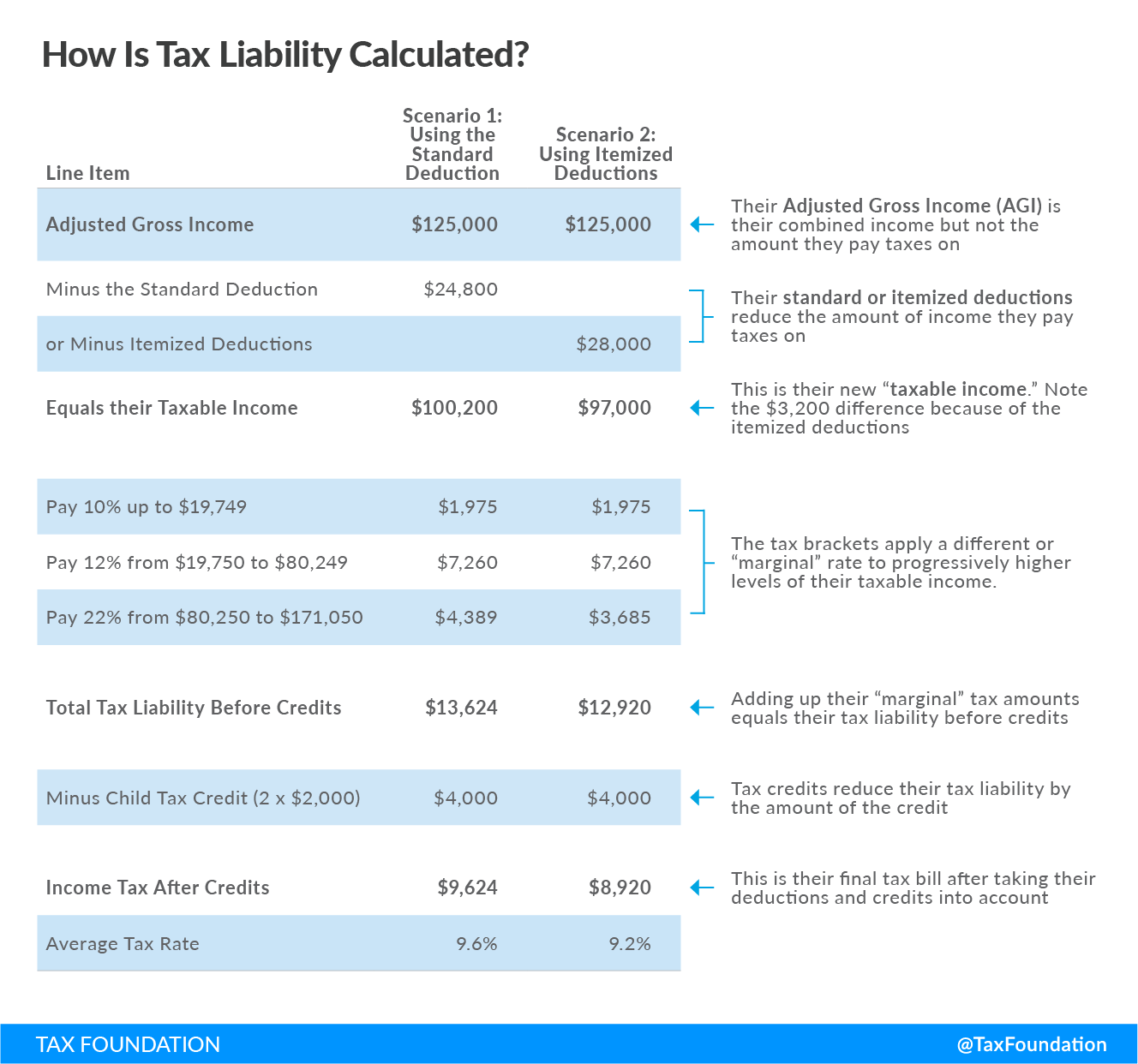Michael Lodge, NCPM, CRTP: April is about learning about finances and financial terms. We are starting a series provided by the Tax Foundation. Learn as much as you can about your taxes and various financial terms.
Adjusted gross income (AGI) is a taxpayer’s total income minus certain “above-the-line” deductions. It is a broad measure that includes income from wages, salaries, interest, dividends, retirement income, Social Security benefits, capital gains, business, and other sources, and subtracts specific deductions.
How Does Adjusted Gross Income (AGI) Work in Practice?
Functionally, AGI reduces the amount of income that faces the individual income tax by subtracting certain deductions, exclusions, and expenses from a taxpayer’s gross income. Some of the adjustments improve the structure of the individual income tax base, while other adjustments reflect policy choices.
What Adjustments Are Made to Calculate Adjusted Gross Income (AGI)?
AGI is an essential part of determining tax liability. First, the taxpayer calculates their total income, which includes wages and compensation, interest, dividends, capital gains (or loss), business income (or loss), pensions, farm income (or loss), rents, royalties, Social Security benefits, retirement account distributions, etc. Next, the taxpayer subtracts certain expenses, such as: up to $250 of educator expenses, certain business expenses, health savings account and flexible savings account contributions, moving expenses for Armed Forces members, the deductible portion of self-employment tax, tax-deferred retirement contributions, self-employed health insurance premium payments, penalty for early withdrawal of savings, alimony payments for divorces that occurred prior to Dec. 31, 2018, up to $2,500 of student loan interest, and up to $4,000 of tuition and fees.
Once these “above-the-line” deductions are accounted for, the taxpayer has calculated their AGI. From AGI, the taxpayer then subtracts either the standard or itemized deductions, whichever is larger, and, if applicable, a deduction for any pass-through income. The total after these subtractions is called “taxable income” and is the amount subject to statutory income tax rates.

